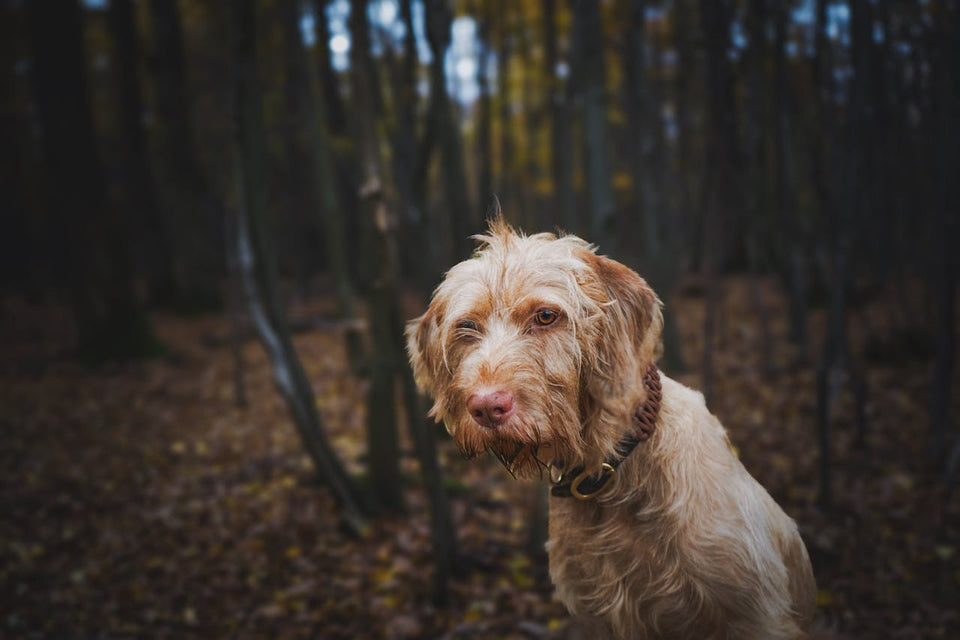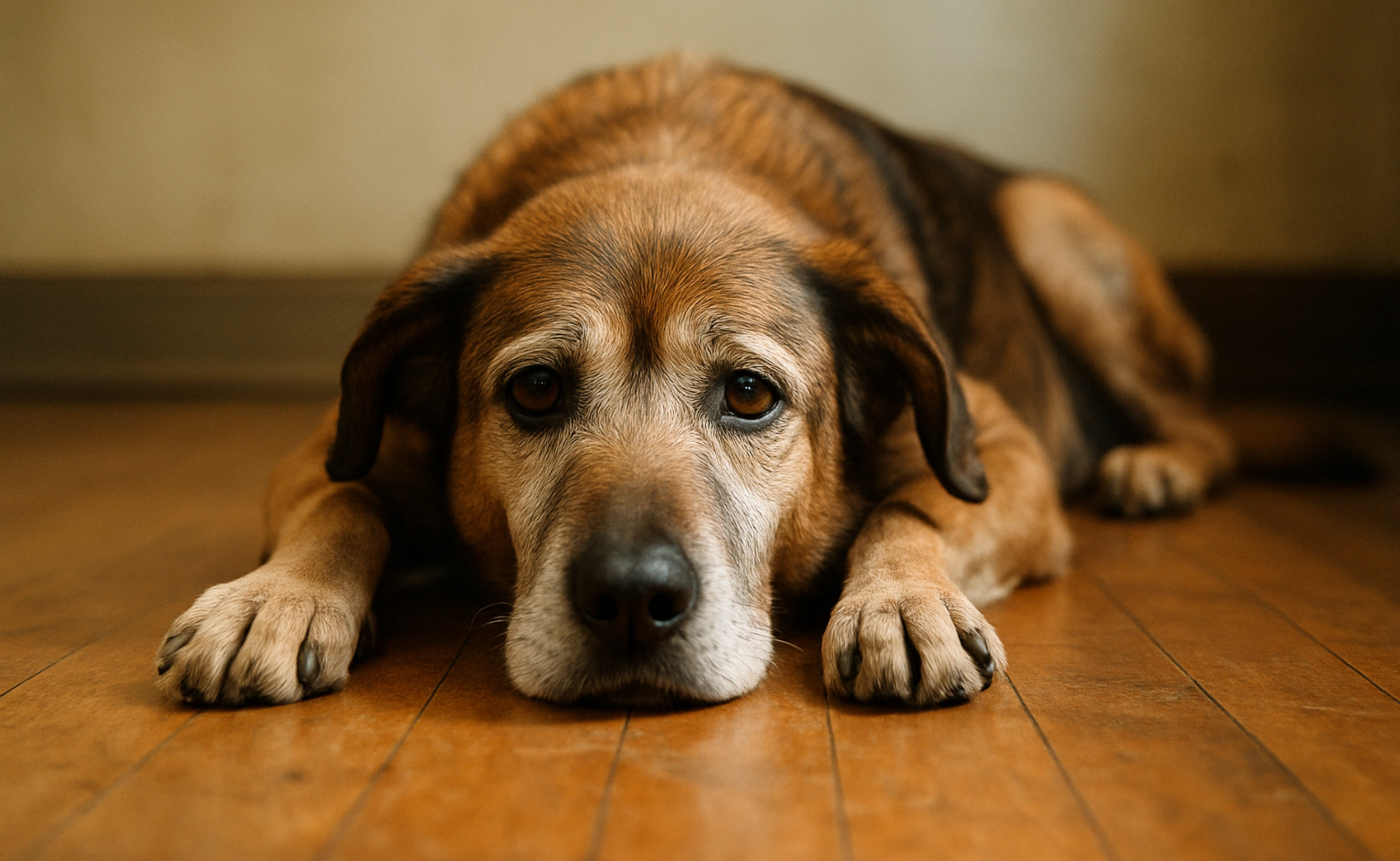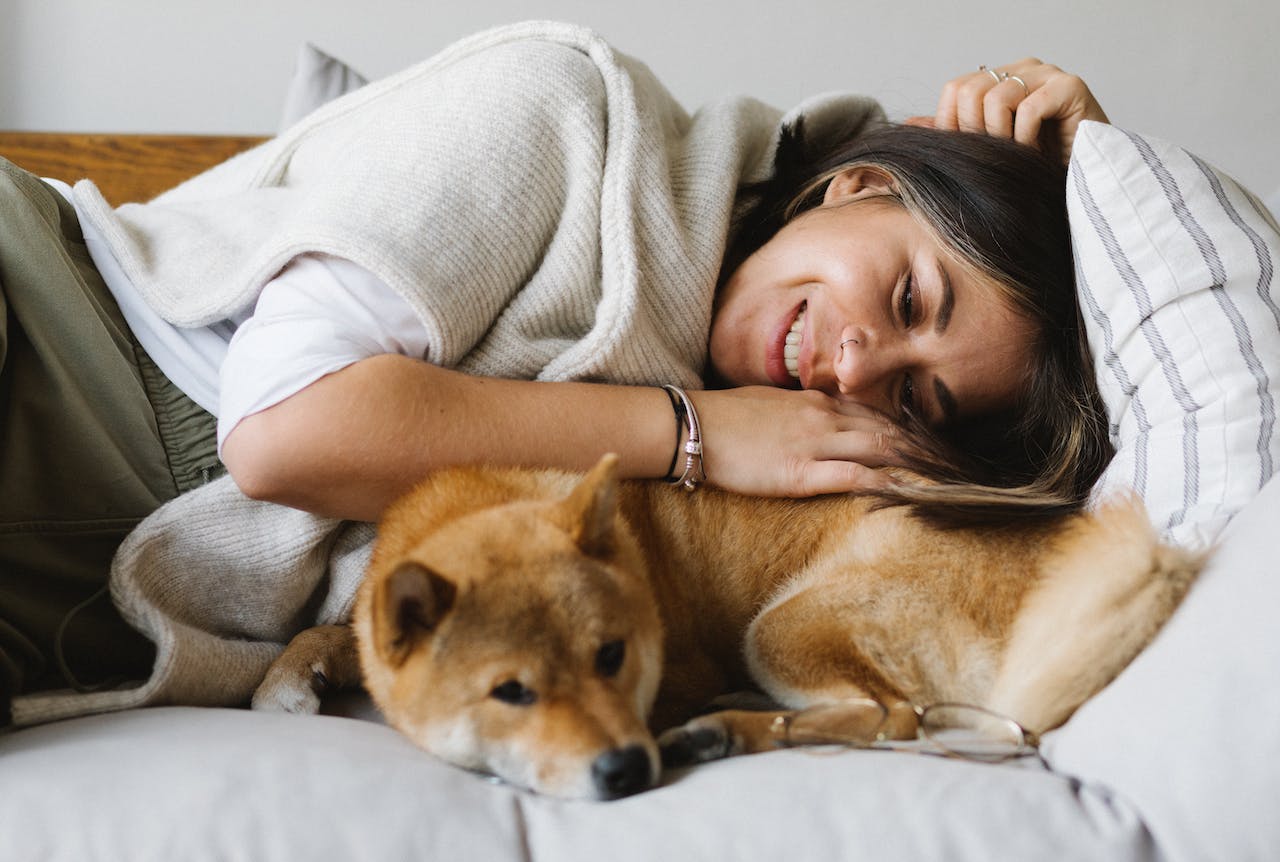
How Often Should You Tend to Your Dog's Coats?

Welcome, dog lovers! Are you curious about how often to groom your furry friend's coat? Every dog's coat is unique, requiring specific care. From the sleek short-haired breeds to the fluffy giants, each demands a distinct grooming routine. We'll explore how your dog's breed and lifestyle influence their grooming needs. Plus, get a sneak peek at Paw.com's innovative grooming products. Our guide aims to offer straightforward advice on maintaining your dog's coat health. Keep reading to uncover the secrets of perfect dog coat care.
Understanding Your Dog’s Coat Type
Dogs come in a variety of coat types, including smooth, double, curly, wire, and long. Each type has unique grooming needs. For smooth coats, regular wiping and occasional brushing suffice. Double coats, seen in breeds like Huskies, require more frequent, thorough brushing to manage shedding. Curly coats, typical in Poodles, demand regular brushing to prevent mats and tangles. Wire coats, found in breeds like Terriers, need stripping and brushing to maintain texture. Lastly, long coats, like those of Shih Tzus, require daily brushing to avoid knots and tangles.
The grooming needs of your dog largely depend on their coat type. Smooth coats are low maintenance but still need care to keep the fur glossy and skin healthy. Double coats require attention during shedding seasons to prevent matting. Curly coats can quickly become tangled if not regularly maintained. Wire coats need specific grooming techniques to preserve their texture. Long coats demand the most attention to prevent severe matting and skin issues.
For smooth coats, Paw.com recommends gentle shampoos and light brushing tools. Double coats benefit from sturdy brushes and undercoat rakes. For curly coats, a detangling spray and a slicker brush work wonders. Wire coats do well with firm bristle brushes and specialized grooming tools. For long coats, consider a combination of wide-tooth combs and soft bristle brushes.
Common challenges include matting in curly and long coats, heavy shedding in double coats, and maintaining the natural texture in wire coats. Solutions involve regular grooming sessions, using the right tools, and patience during grooming.
The Role of Bathing in Dog Grooming

Bathing frequency varies with a dog's lifestyle and activity level. Active, outdoor dogs may need more frequent baths, while indoor dogs might require less. The key is to bathe your dog as needed, avoiding over-bathing which can strip natural oils from their skin.
Using the right shampoo and conditioner is crucial. Choose products that match your dog's skin type and coat condition. Paw.com's quality shampoo and conditioner are formulated to maintain the health of your dog’s skin and coat, leaving them clean and soft.
Benefits of using Paw.com's products include nourishing the skin, enhancing coat health, and ensuring a pleasant grooming experience for your pet. Their products are designed to be gentle yet effective.
For a stress-free bathing experience, introduce your dog to water and bathing gradually. Use lukewarm water and avoid getting water directly in their ears or nose. Reward them for good behavior during and after the bath to create positive associations.
Signs your dog needs a bath include noticeable dirt, a dull coat, and an unpleasant odor. Regular grooming helps you stay on top of your dog's bathing needs.
Brushing: More Than Just Fur Care
Regular brushing is vital for maintaining your dog's coat health. It removes dead hair, distributes natural oils, and keeps the coat shiny. Each coat type requires a different kind of brush. For shinier coats, a soft bristle brush works well. Double coats benefit from a slicker brush and an undercoat rake. For curly coats, use a slicker brush or a steel comb. Wire coats are best maintained with a firm bristle brush. Long coats require a wide-tooth comb and a pin brush.
Brushing frequency depends on the coat type. Smooth and wire coats may require weekly brushing, while double, curly, and long coats often need daily attention to prevent mats and tangles.
Effective brushing techniques involve starting at the head, moving towards the tail, and then down the legs. Always brush in the direction of hair growth. Be gentle to avoid irritating the skin.
The Paw.com beauty kit, tailored for different coat types, includes essential tools for effective brushing. These tools are designed to make grooming a comfortable experience for your dog.
Nail Trimming and Paw Care

Regular nail trimming is a key part of dog grooming. Long nails can cause discomfort and even pain for your dog. They can lead to problems walking or running. Trimming your dog’s nails requires a specific nail clipper. Start with small cuts to avoid cutting the quick, which can lead to bleeding. Familiarize your dog with the process slowly to reduce stress.
Paw care involves more than nail trimming. Check your dog's paws regularly for injuries or cracks. Look between the toes and under the paw pads. Paw.com pet wipes are useful for keeping paws clean. They help remove dirt and reduce the risk of irritation.
Signs that your dog’s paws need attention include limping, constant licking of the paws, or visible debris stuck in the paw pads. Regular checks and cleaning can prevent these issues.
Ear and Eye Care Essentials
Cleaning your dog's ears and eyes is a vital grooming task. Ears should be cleaned with a gentle, dog-specific cleaner. Use a cotton ball or a soft cloth to wipe the external ear. Avoid putting anything into the ear canal. Eyes can be gently wiped with a soft, damp cloth to remove any discharge or crust.
Check and clean these areas as part of your regular grooming routine. Frequency depends on your dog's breed and environment. Dogs prone to ear infections or with long hair that traps debris may need more frequent cleaning.
Signs of ear and eye problems include redness, swelling, discharge, or an unpleasant odor. Consult your vet if you notice any of these symptoms.
For ear and eye care, avoid harsh chemicals. Paw.com recommends gentle, safe cleaning products specifically designed for dogs.
Dental Hygiene for Dogs
Maintaining your dog's dental health is essential. Dental problems can lead to more serious health issues. Brush your dog’s teeth daily with a canine-specific toothpaste and tooth brush. Start slowly to get your dog used to the process. Daily brushing is ideal, but even a few times a week can make a significant difference.
Signs of dental health issues include bad breath, difficulty eating, or visible tartar buildup. Regular checks can help spot these problems early.
Paw.com offers products designed for dog dental care. They help keep your dog's teeth clean and healthy, contributing to their overall well-being.
You may also like: Dog & Cat Breeds Prone to Dental Health Issues
A Happy, Healthy Dog is a Well-Groomed Dog
Regular grooming goes beyond keeping your dog looking good; it's a cornerstone of their overall well-being. Each dog is unique, requiring a grooming routine tailored to their specific needs. The right tools and products, like those from Paw.com, play a crucial role in effective grooming. They make the process easier and more enjoyable for both you and your pet. Consistency in grooming routines ensures your dog stays clean, comfortable, and happy. Beyond the health benefits, grooming sessions are opportunities for bonding, enhancing the special connection you share with your pet. The joy and satisfaction of nurturing a well-groomed dog reflect the love and care you invest in their happiness and health.
Share this article
written by


